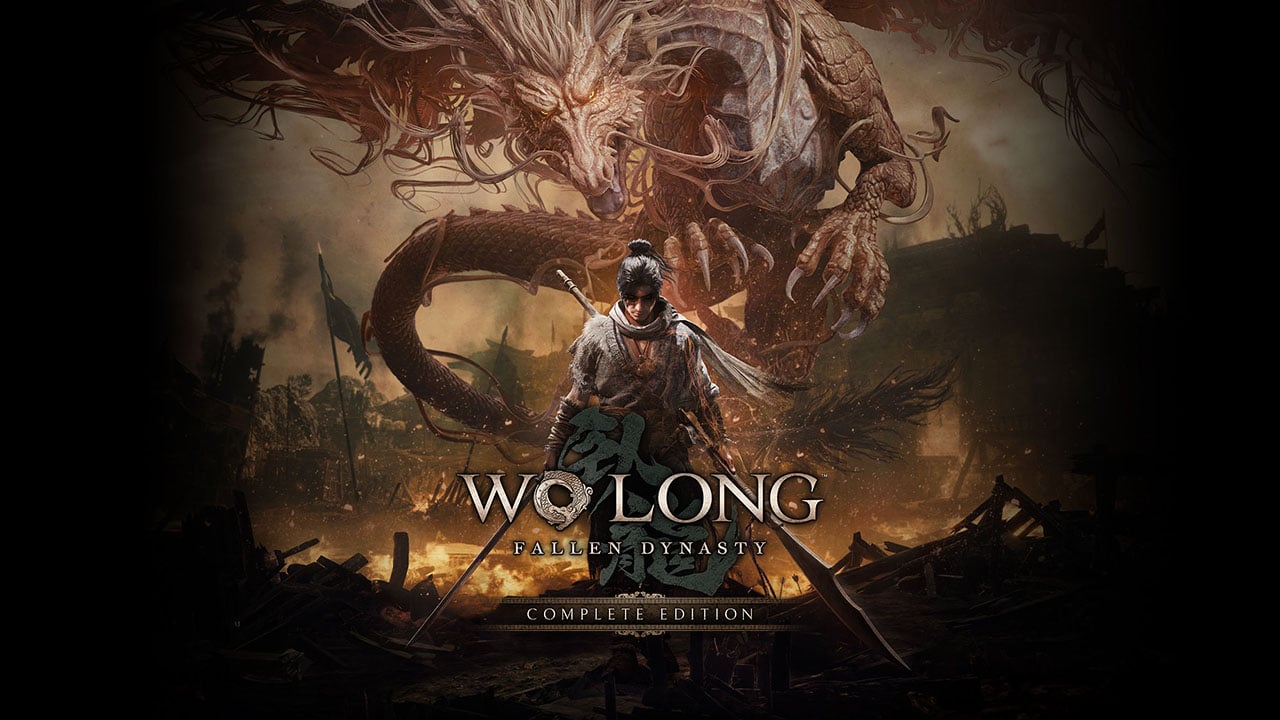Wo Long: Fallen Dynasty has recently had its third post-launch DLC chapter release, and with it, a new ‘Complete Edition’. This version offers up the base game and all of its post-launch content from the season pass, making this the definitive version of the Action RPG from Team Ninja. The studio has had a recent history of carving out their own lane with the souls-like genre and, in my opinion, are doing so with relative success.
This was at a time when imitations of the ‘souls’ formula were rampant, never truly hitting the highs set by the franchise that started it all. That was until Nioh blew expectations out of the water, bringing a more frenetic, arcade-y and notoriously hard game, even for a souls-like. Fast forward a few more years and Team Ninja have switched the setting from the shogunate of Japan to the more ancient dynasty of China.
I played the demo for Wo Long: Fallen Dynasty last year and of course had glowing first impressions. But how does the complete edition fair with all of its DLC and overall gameplay balancing patches? Let’s get into it.
The Heart Of Battle
Wo Long: Fallen Dynasty continues the trend that Team Ninja have set themselves by putting the gameplay at the forefront. As I mentioned at the top, the game is an action-RPG souls-like and as such follows some of the rules tied to the genre. Fast-paced but focused combat, losing your upgrade currency upon death, having the ability to pick them up by defeating the enemy that previously beat you – all things you would usually anticipate. However, that’s where the comparisons begin and end as Wo Long delivers some interesting mechanics with its already-established formula.
Firstly, the game’s combat is extremely breakneck and incentivises you to play a lot more aggressively. This is due to the deflecting mechanic, which is the single most important thing you’ll have to get to grips with. Perfectly timing your deflects against enemy attacks will degrade your foe’s posture and increase your Spirit Gauge (which I’ll get to), couple this with a few attacks of your own and you’ll break the enemy’s stance in order to do a finishing move that does a significant amount of damage (if not killing them).
The window for a perfect deflect is very forgiving, which makes sense as enemies can unleash a flurry of attacks meaning you’ll need to be repeatedly deflecting in order to survive. On top of that, the attacks are well-telegraphed and once you’ve mastered the art of the give-and-take of knowing when to deflect or when to attack, it starts to feel like a rhythm game to the death.
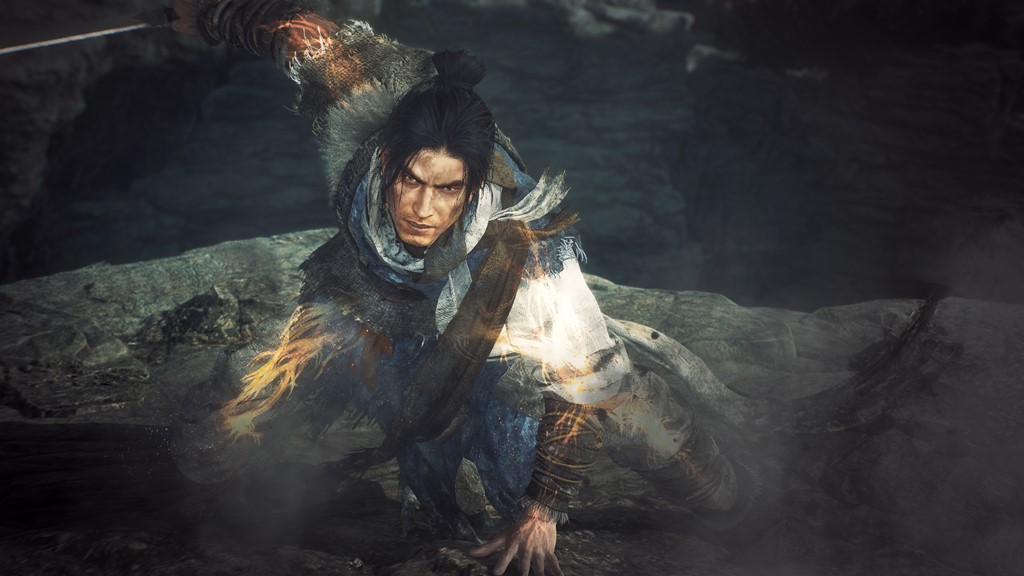
That’s The Spirit
Now, your Spirit Gauge lets you tap into spirit attacks that are tied to your weapons. They’re all different in execution, timing and visual finesse, but all deal greater damage to the said enemy posture bar. You’re not the only one who can do these moves though, as the enemy will glow red to telegraph their own. With a perfect deflect you can essentially break their whole posture, opening them up to a finishing move.
As a baseline for combat, it is undeniably satisfying. The clash of swords as sparks fly, feeling untouchable and in control, despite how frantic the enemy’s move set is and executing your most devastating attacks is a gameplay loop that was fun from beginning to end. I’m quite basic when it comes to these types of games, give me a sword and I’ll fight with it till the end, but Wo Long has a plethora of mechanics tied to weaponry and equipment that can keep you tinkering with the various systems for hours.
You’ll come across all manner of weapons, from swords, halberds, polearms, hammers, dual wield sabres, and they’ll all be at a certain rarity level. The higher the rarity, the better the stats, of course, but also the more space to have some of the spirit attacks I mentioned. Some of the rarer ones let you slot in different spirit attacks, letting you decide how you want to go about your combat encounters.
Including that, your last slot for spirit attacks is taken by a Spirit Beast that you can apply. It varies from the mythical creatures you come across in Chinese storytelling and each one has its own speciality, like an AoE of healing or a devastating elemental attack.
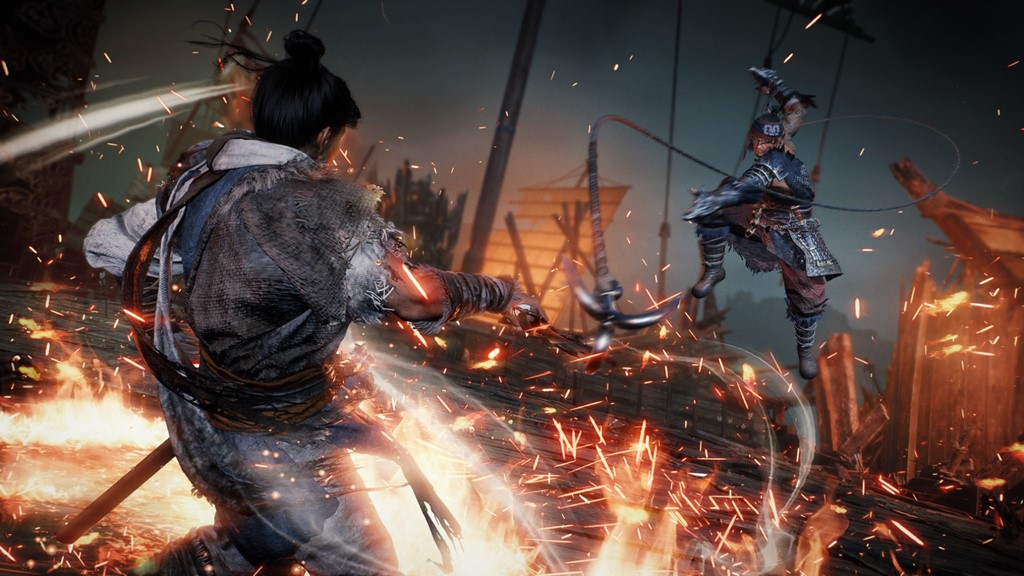
Up Against The Elements
Couple this with some of the spells you acquire and you can really become a dominant force. The spells come from levelling your character up in a host of different sections tied to the five phases of Chinese philosophy, fire, earth, water, wood and metal. Each phase will increase the array of stats your character will have like HP, attack strength, detectability, and spirit gained from deflects. But it also grants you Wizard Spells tied to one of those phases, and you’ll need to be a certain level to pull them off.
This is possibly the most robust Team Ninja has been in terms of their overlapping combat mechanics and how they feed into each other so seamlessly and the end result is some of the most rewarding combat moments I’ve experienced in a souls like. Gone are the days of an endless amount of systems that most players won’t see like in Nioh 2 and instead every player will interact with all of the elements.
I still think they throw loot at you at an overwhelming rate, nearly every enemy will drop a weapon or piece of armour that’ll inevitably lead you to a laundry list to sift through. I know you can recycle them for either money or crafting materials, but I wish there was a better way to encourage that – as opposed to being lost in menus for an extended period of time wondering if this was the weapon I wanted to get rid of or the other.
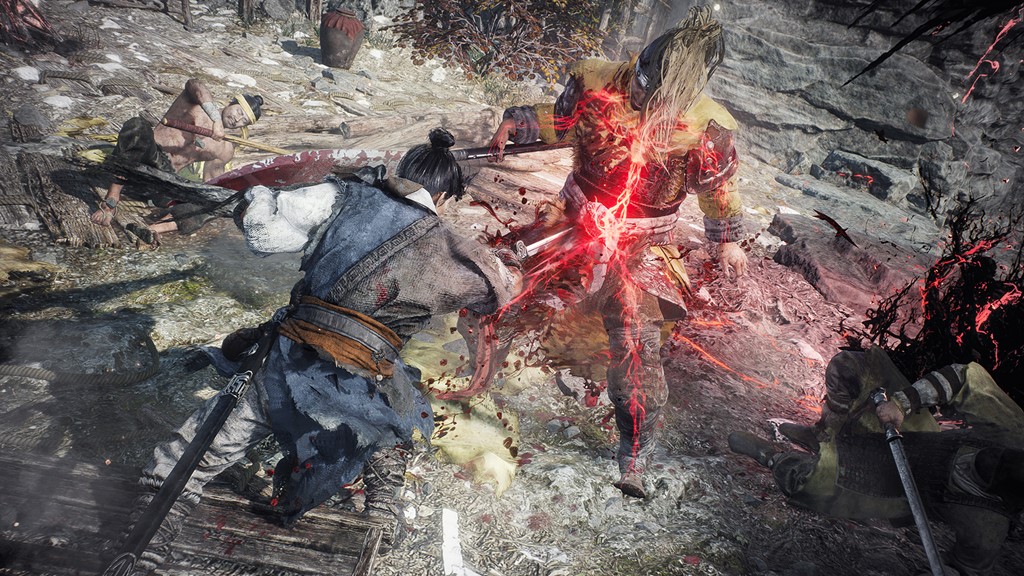
Souls Of The Battlefield
Wo Long follows a simple mission structure where you’ll go through linear levels, that may have a few branching paths for loot, but ultimately it’s all about reaching the end to fight a boss. Level designs haven’t been a strong suit for Team Ninja in their souls-like outings. They’ve always felt serviceable to create spaces for some good combat encounters, but take those away and you won’t find much to write home about. You’ll always find yourself in a battlefield, or a dungeon, or a castle on fire and they’re not “bad”, just unmemorable.
There is, however, one interesting factor to the level themselves, that also ties into the combat. Across the levels, you’ll come across a handful of Battle Flags and Marking Flags. You’ll start every mission at Fortitude Rank 1, this is your combat level for the level that enemies will also have. To increase your own Fortitude you’ll have to defeat enemies, though upon death you’ll lose it. To stop losing your entire rank you’ll have to raise the Battle Flags dotted around the map, which will strengthen your bottom line, on top of acting like a checkpoint.
Marking Flags do the same without giving you a checkpoint and are more hidden across the level for you to find, giving you the incentive to check out every nook and cranny. Navigating to find them can be difficult though, as there’s just no overall map to look at, only a compass in the corner that indicates the flags’ locations when you’re nearby. It’s frustrating, to say the least, the impressive amount of verticality seen in Wo Long’s levels is knee-capped by poor navigation.
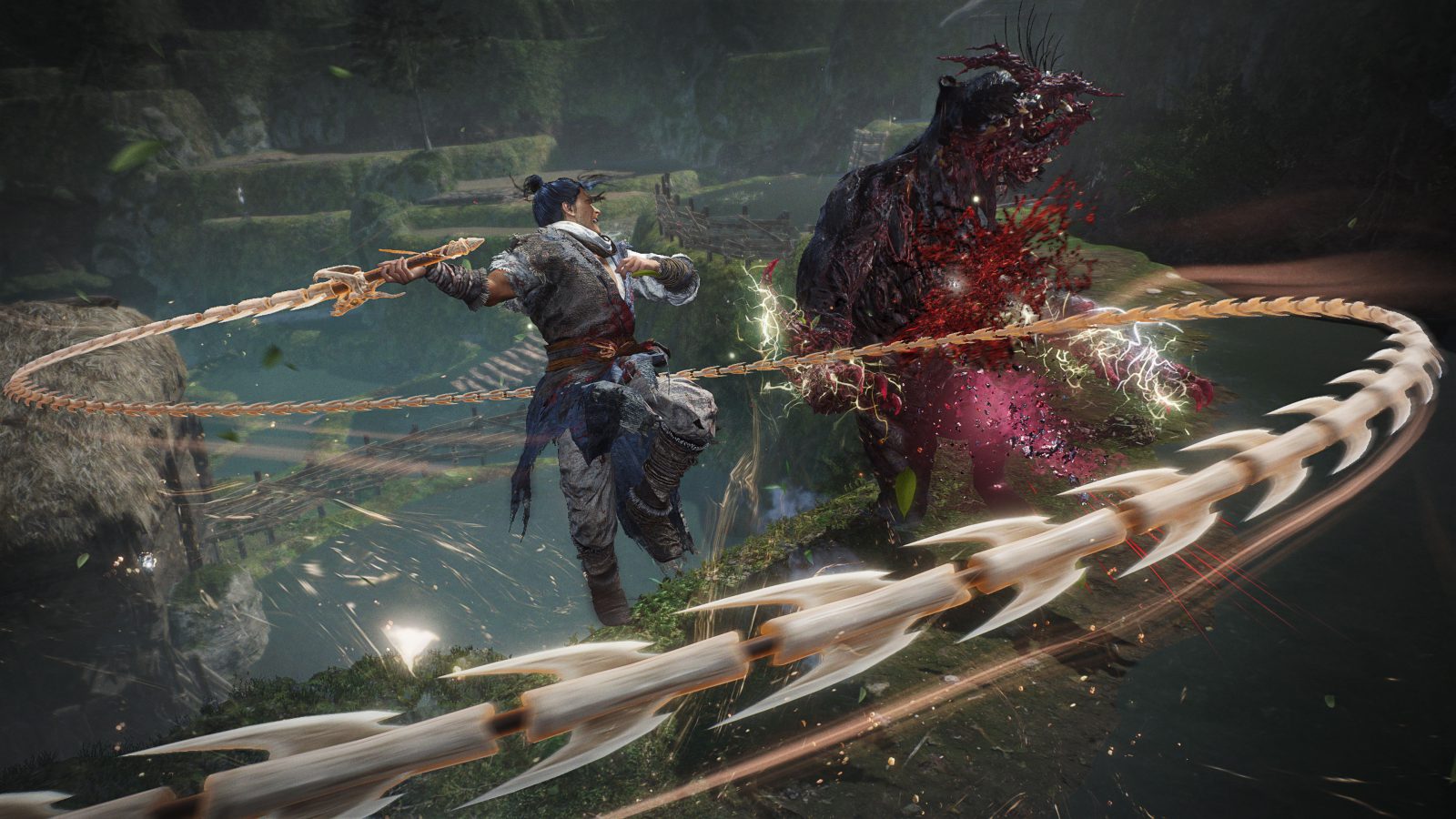
Deflect Is The Best Revenge
Despite some of my navigating gripes, I’ll always see a red line on the compass that can only mean one thing – a big ol’ boss battle. These are by far the highlights for Wo Long, as they really put your skills to the test and brutally punish those who don’t fight within its parameters. You could be fighting beastly corrupted monsters, possessed monarchs or fellow warriors that closely match your playstyle.
Though no matter who you face, the result is the same – a glorious multi-phased, show-stopping face-off. Whether it’s the big heavy swings of a giant monster that can leave you clinging onto your Dragon Cure Pot (healing flask) or deflecting a smattering of slashes, they’re all just as equally as thrilling.
Team Ninja continue to prove that their art direction, especially for bosses, are impressive feats. Whilst meticulous by design, there’s never too much going on screen that can trip you up. Similarly, the spaces you fight said bosses are big open squares, meaning there’s no pesky camera blocking the view of you or your foe. This aspect permeates throughout the levels too, as previous titles would often give you a tiny room to fight massive Yokai in, I’m looking at you Nioh 1 & 2.
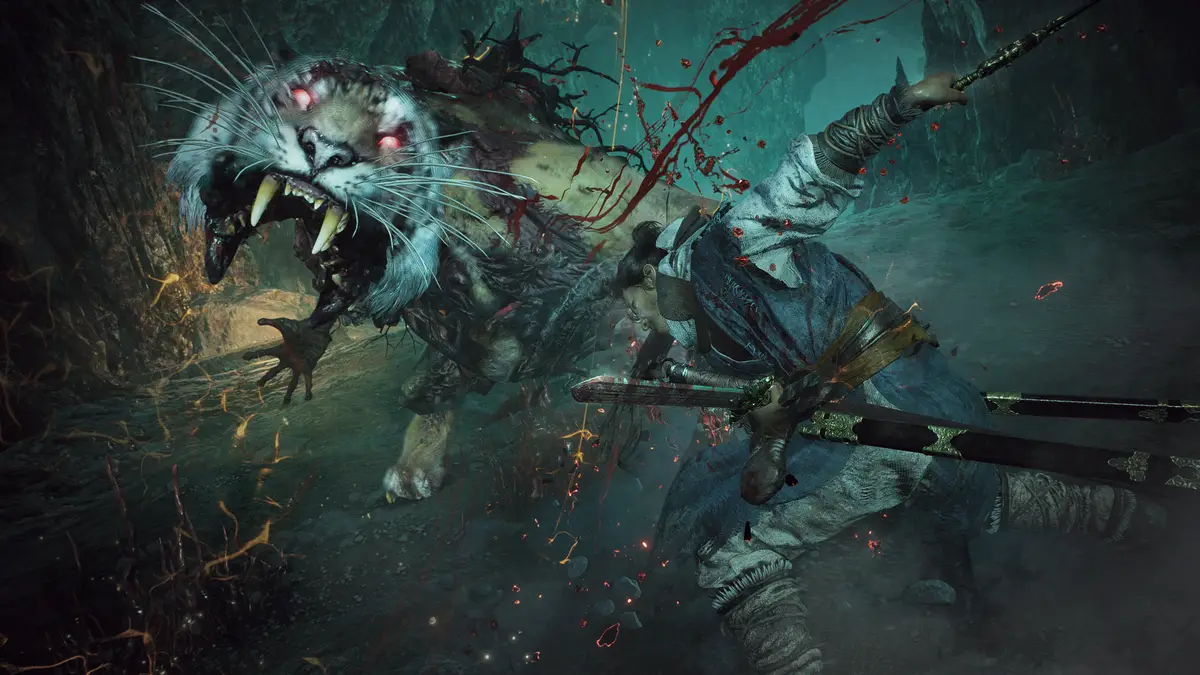
To Defeat The Han
But what the hell is all this fighting for you say? Well, Wo Long: Fallen Dynasty takes heavy inspiration from the Chinese epic Romance of the Three Kingdoms. A story part fictional and part factual history that dramatises the end of the Han dynasty. The Han Empire became corrupt through malicious officials that slowly deteriorated them. The Yellow Turbans were a rebellion fighting said empire and thus a war broke out. Wo Long takes the initial premise and puts a mythical spin on it all.
The two factions are rather puppets waging war on each other so an evil Taoist can command control through a divine essence known as Qi. Qi is what you gain from defeating enemies, it’s how you summon your spirits so think of it as a spiritual life source that in the wrong hands becomes corrupted – now known as Demonic Qi. You play as a nameless protagonist (you’ll have a decent character creator to make your hero) who dies during a Yellow Turban raid, only to be revived by someone called The Blindfolded Boy, who is then taken by the evil Taoist and turned into a spirit beast himself.
The land is essentially in turmoil, with everyone from opposing factions coming to terms that they must unite to fight against the evil Taoist known as Yu Ji, while you stop the control of Qi in the form of an elixir before it gets into the wrong hands. On the surface, this is an epic saga that kind of ends up a little messy as you’re blindly going all over the place, just listening to orders from one person to another and doing said task.
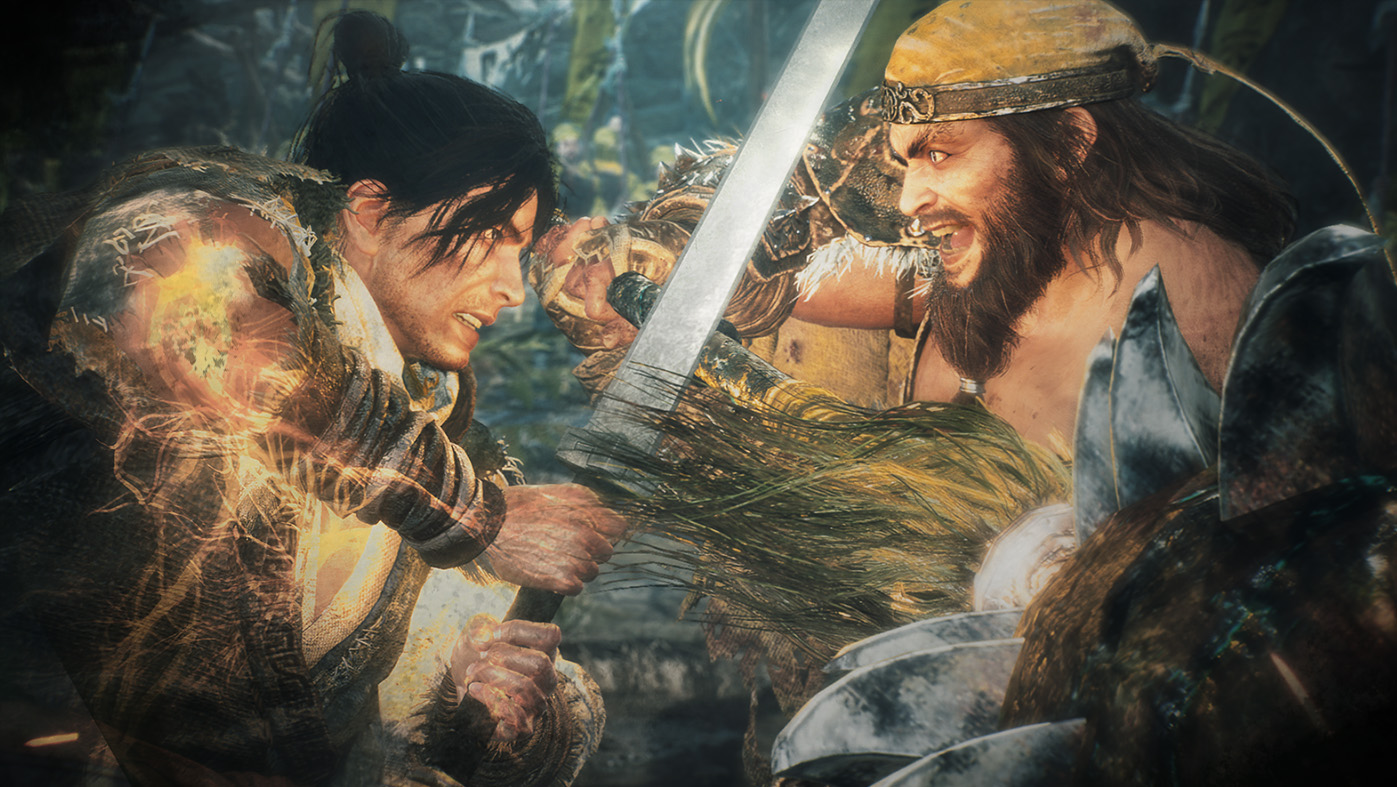
Oh How Romantic
I think Team Ninja has always done an excellent job of turning some of history’s literature into behemoth tales of mythology, and Wo Long is just another in that line-up. Sure, voice acting is beyond appalling as the exposition dumps or outright gameplay hints are just exclaimed to you with wooden delivery. However, I can’t hate they’re just fleeting moments to move you onto the next killer set piece. That, or the cut scenes are over-the-top anime-esque action sequences that just get you pumped to jump in too.
I mentioned the art direction for the bosses and it applies here too. Whilst this isn’t the most graphically intense game you’ll come across in this current gen of hardware, the whole game oozes with style. Whether it be the inspired tree-top-esque hub world, the fight choreography in-game and during cut scenes, the bosses and the heroes you meet along the way in their cool and detailed armour, all of it is visually exciting. The game can run in two modes: performance and fidelity.
I favoured performance mode as it delivers a smooth 60fps, which feels almost essential when timing your deflects and attacks correctly. This is also not at the cost of much of a graphical upgrade either, as I mentioned, the game concentrates on its style more than overall fidelity. That’s far from the end of Wo Long’s journey though, as the complete edition comes with all three of its DLCs.
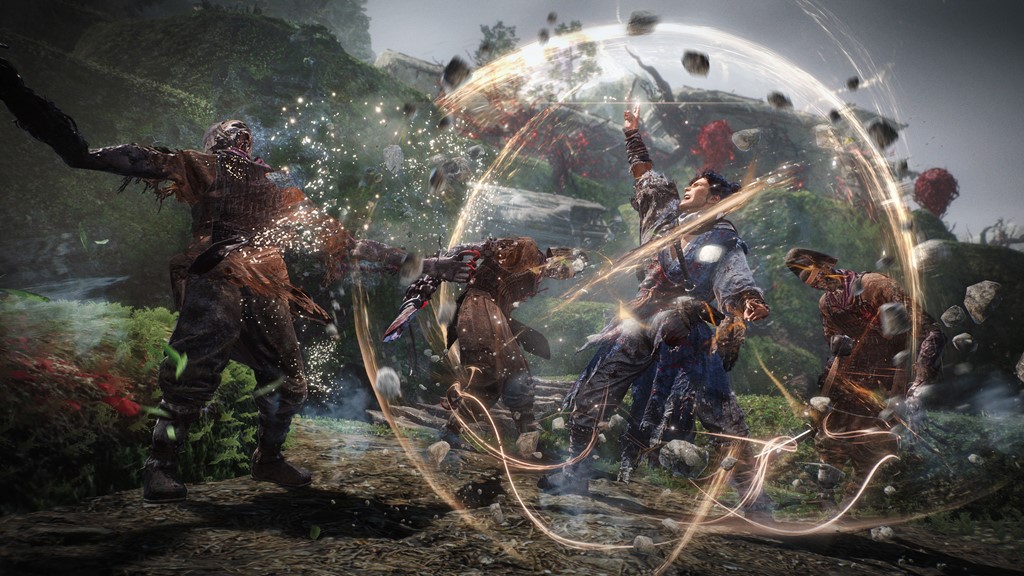
Battling Onwards
Each DLC has a few story missions with a handful of submissions for you to complete. As well as that, you’ll also have a new weapon type, new enemy types and even new modes to try out. Bear in mind, this is end-game level content for the most part and requires a level of 80+ for you to even begin. The stories flesh out some of the parts that didn’t quite align with the main narrative but give wider context to some of the characters you may have seen.
They’re interesting enough as add-ons to the main product. Again all missions do come with a new boss that can vary from some of the best in the game or a middling bunch. However, for an additional 10-15 hours of story content, depending on your skill level, it feels fulfilling enough as a DLC to the base game. But it doesn’t stop there.
There’s now also an end-game mode called ‘The Thousand-Mile Journey’. This mode is the closest you’ll get to a Wo Long rogue-lite, as it pits you against an endless wave of battlefields to conquer, with only a finite amount of Dragon Cure Pots. The goal is to go through as far as you can to unlock a new special currency known as Golden Horse Hooves. You can spend it on levelling up your character past the base game threshold and procuring some of the legendary armour sets.
I’ve not quite met my own threshold due to the sheer hours and skill it takes to complete this portion of the game, but it’s safe to say that if you’re a fan of Wo Long, or like how the game sounds, then you’ve got a lot of game to play here.
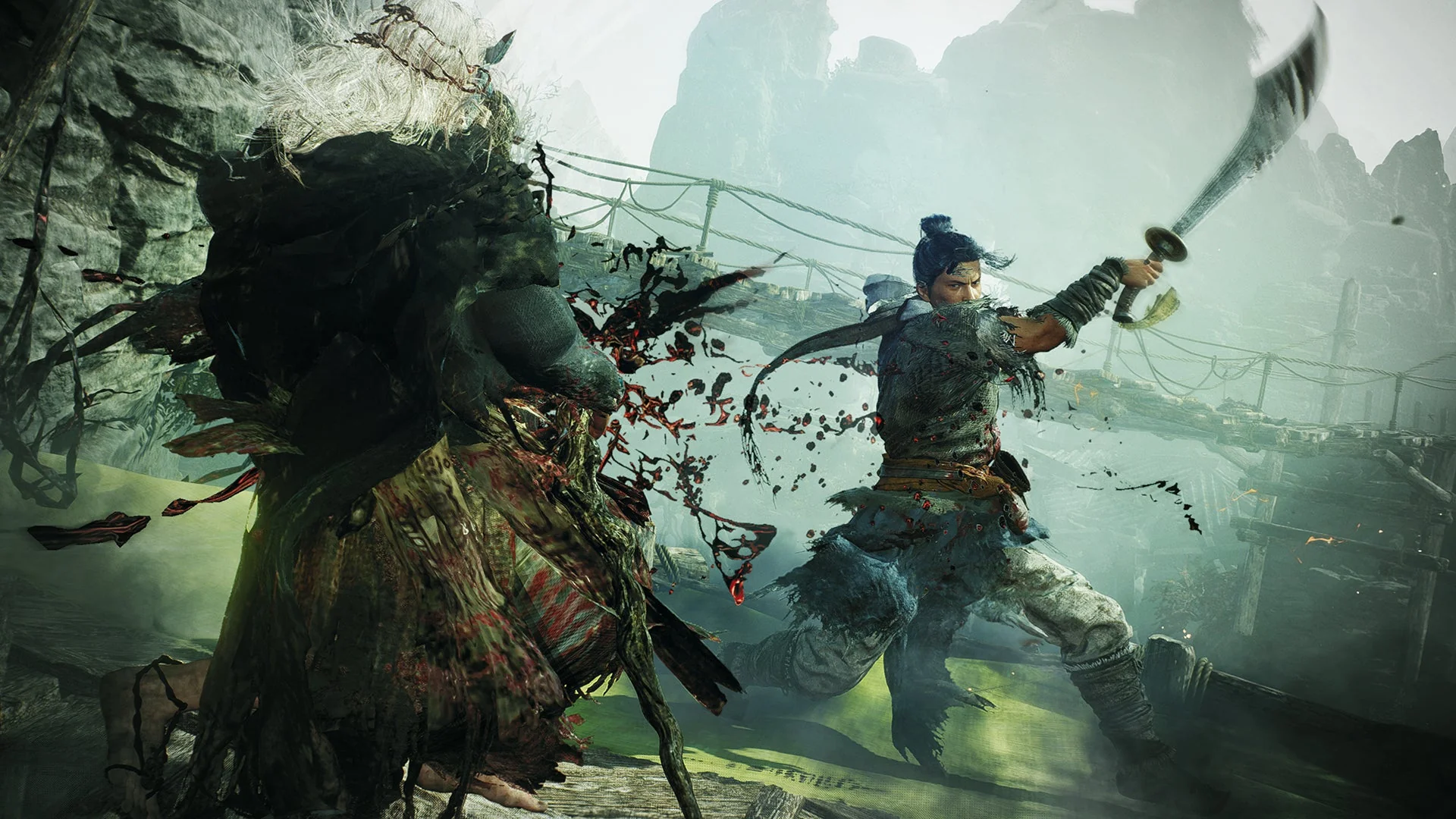
The Qi To Success
I had a great time playing Wo Long: Fallen Dynasty, when I was playing my personal highlights. I found the levels themselves became quite repetitive as you start to go through the same motions from your first/second hour to your last. Though I can’t deny the combat did a lot of that heavy monotonous lifting, I became unphased by the levels themselves because I knew at the end would be some of the best boss fights I’ve experienced from Team Ninja.
I also think this is one of the more accessible titles to dip your toe into, making it an excellent starting point if the genre has previously put you off. Moreover, there’s online co-op or PVP, so you can always fight with a friend if you’re getting stuck. The setting, the combat, and the flow between mechanics overall felt so immersive that it makes Wo Long a fantastic addition to the studio’s souls-like outings and I would love to see them return to it.
Now that all the content is bundled into one price, offering so much more gameplay, as well as an abundance of fine-tuning to the game’s balancing, there is no better time to check out Wo Long: Fallen Dynasty.
With leaner yet more cohesive systems at play and more ferocious yet precise combat to experience Wo Long: Fallen Dynasty is a great entry into the more arcade-y souls like that Team Ninja have proven a third time running. The Complete Edition now only bolsters the amount of time to enjoy its fine combat, with new modes, missions and weapons to have fun with. There is no better time to play than now.
Wo Long: Fallen Dynasty Complete Edition is available now on PlayStation 5 (review platform), PS4, Xbox One, Xbox Series S|X and PC via Steam.
Developer: Team Ninja
Publisher: Koei Tecmo
Disclaimer: In order to complete this review, we were provided with a promotional copy of the game. For our full review policy, please go here.
If you enjoyed this article or any more of our content, please consider our Patreon.
Make sure to follow Finger Guns on our social channels –Twitter, Facebook, Twitch, Spotify or Apple Podcasts – to keep up to date on our news, reviews and features.
